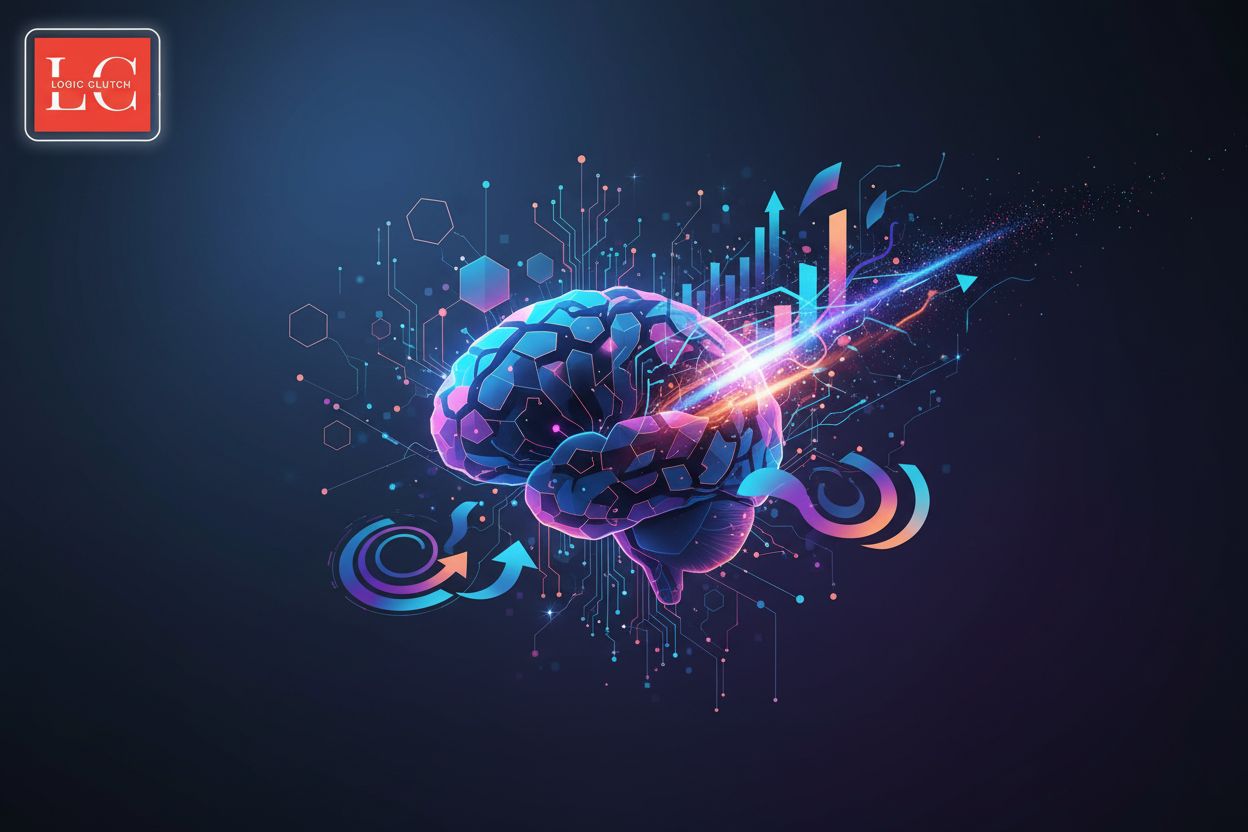Revolutionizing Logic Synthesis: How Machine Learning is Transforming VLSI Design
TL;DR
The Evolving Landscape of Logic Synthesis
Logic synthesis is the cornerstone of modern VLSI design, yet it faces unprecedented challenges as chip complexity soars. Can machine learning (ML) provide the necessary boost to overcome these hurdles?
The traditional approach to logic synthesis involves several key aspects:
- NP-hard problems: Finding the absolute best solution is computationally infeasible. Designers rely on heuristics that may yield suboptimal results.
- Scalability issues: As designs grow, traditional methods struggle to handle the increased complexity. This limitation impacts the design of advanced processors and memory.
- Manual tuning requirements: Designers spend significant time manually tweaking parameters. This process is time-consuming and requires specialized expertise.
The integration of machine learning offers immense potential to revolutionize VLSI design. The increasing design complexity, coupled with the need for automated optimization and the availability of large datasets, creates a perfect storm for ML adoption.
The next section will explore the rise of machine learning in VLSI.
Machine Learning Techniques for Logic Optimization
Can machine learning algorithms design chips better than humans? The answer is increasingly yes, especially when it comes to logic optimization. Here's how ML is making a difference.
Reinforcement learning (RL) is proving effective in optimizing gate placement. RL agents learn to strategically place gates on a chip, guided by reward functions that prioritize area reduction and power efficiency. The agent explores different placement configurations, receiving positive rewards for improvements and negative rewards for setbacks.
- RL excels in complex environments where the optimal solution is not immediately obvious.
- Reward functions are crucial; they must accurately reflect design goals, balancing competing objectives like area, power, and timing.
Deep learning (DL) offers powerful pattern recognition capabilities for technology mapping. This process involves selecting the best gates from a library to implement the desired logic function. DL algorithms, particularly Convolutional Neural Networks (CNNs) and Graph Neural Networks (GNNs), can analyze circuit representations and predict optimal gate choices.
- CNNs identify spatial patterns in circuit layouts, while GNNs capture the relationships between different circuit components.
- DL models are trained on large datasets of previously optimized designs, learning to generalize and make accurate predictions for new circuits.
AI-powered solutions help optimize logic synthesis flows, improving performance and reducing time-to-market. These solutions leverage machine learning algorithms to automate and enhance logic optimization processes, integrating seamlessly with existing EDA tools for a comprehensive design environment.
As machine learning continues to evolve, expect even more sophisticated techniques for logic optimization, pushing the boundaries of VLSI design.
Case Studies: Success Stories in ML-Driven Logic Synthesis
Imagine chips designing themselves. Machine learning is making this a reality, with impressive results in logic synthesis. Let's explore some success stories.
Machine learning algorithms are optimizing FPGA (Field-Programmable Gate Array) performance. These algorithms handle routing and placement, traditionally time-consuming tasks.
- ML-based routing and placement reduces design iterations. The algorithms learn from vast datasets of previous designs. They predict optimal configurations that minimize wire length and improve timing.
- Performance gains are significant. ML can lead to a 10-20% improvement in clock frequency. It also reduces power consumption compared to traditional flows.
- Comparison with traditional flows reveals the advantage. Traditional methods rely on heuristics, while ML adapts to specific design characteristics. This adaptability results in better overall performance.
ASIC (Application-Specific Integrated Circuit) design also benefits from AI. Machine learning is used to reduce power consumption and improve area utilization.
- Power reduction in ASICs is a key application. ML algorithms analyze circuit behavior to identify power-hungry components. They then optimize the design to minimize energy usage.
- Quantitative results demonstrate the impact. AI-driven optimization can reduce power consumption by up to 15%. It also shrinks the chip area, lowering manufacturing costs.
- Leading semiconductor companies are adopting these techniques. They integrate ML into their design flows. This allows them to create more efficient and powerful chips.
These examples show machine learning's potential in VLSI design. Next, we will examine the challenges and future directions of this exciting field.
Challenges and Future Trends
Can machine learning truly conquer the complexities of VLSI design, or are there still roadblocks ahead? While ML offers great promise, several challenges must be addressed for its widespread adoption.
Data availability is a major hurdle. ML models require vast amounts of high-quality data to train effectively. In VLSI, this means access to diverse design datasets, which can be difficult to obtain due to proprietary concerns.
Data bias can skew results. If the training data is not representative of real-world designs, the ML models may perform poorly. Addressing bias requires careful data curation and validation.
Computational resources are crucial. Training complex ML models demands significant computing power. Organizations need access to powerful hardware and efficient training frameworks.
Understanding ML decisions is vital. Designers need to know why an ML algorithm made a particular optimization choice. This understanding builds trust and helps identify potential issues.
XAI techniques provide insights into model behavior. Methods like feature importance analysis and rule extraction can reveal the factors driving ML-based optimizations.
Transparency fosters confidence. As AI takes on more critical roles, explainability will be essential for ensuring the reliability and safety of AI-driven EDA tools.
ML integration will span all VLSI design stages. From high-level synthesis to physical implementation, ML will automate and enhance various tasks.
Autonomous design exploration will become a reality. ML algorithms will explore design spaces, finding novel solutions beyond human intuition.
Algorithm-hardware co-design will optimize performance. ML will enable the simultaneous design of both algorithms and the hardware that runs them, leading to greater efficiency.
The journey to fully AI-enhanced hardware design involves overcoming data challenges, ensuring explainability, and integrating ML across the entire design flow. The next section will conclude this discussion.
Conclusion
The fusion of machine learning and logic synthesis marks a new era for VLSI design. But what are the key takeaways?
- ML algorithms significantly improve area utilization, power efficiency, and overall performance. These enhancements translate to smaller, faster, and more energy-efficient chips.
- Automated optimization reduces the need for manual tuning. This leads to faster design cycles and lower development costs.
- Collaboration between academia and industry drives innovation. Joint efforts accelerate the development and deployment of AI-driven EDA tools.
The path forward involves continued research, development, and adoption of AI. As ML evolves, it promises to further revolutionize VLSI design.





